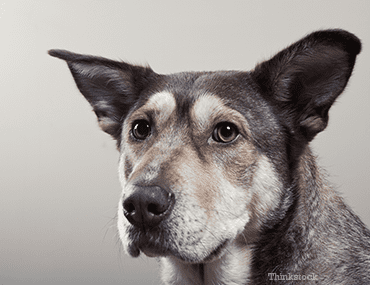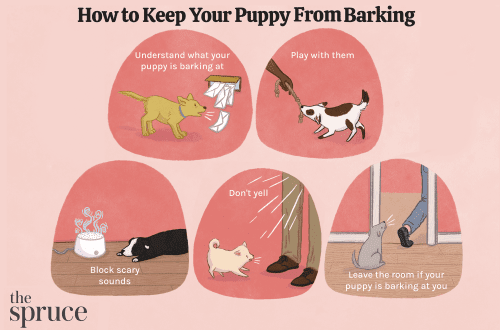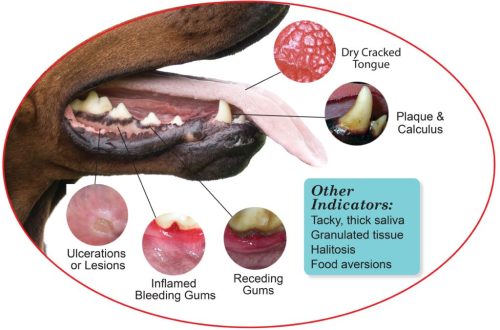
Cov dev puas raug mob?
Because of the fur that covers the entire body of the dog, it can be difficult to determine if the pet has not stuffed bumps during her pranks. In reality, bruising in dogs is rare due to the thick skin and protective coat of hair. But if the owner notices a bruise, it is still better to take the pet to the veterinarian.
txheem
Unusual sign: the dog has a bruise
Because bruising is rare in pets, it can be a sign of internal trauma or internal bleeding. This can happen if the dog has been in a traffic accident, fallen, or ingested something toxic, such as aspirin or rat poison, according to the Pet Health Network. You should pay attention to other signs that may be associated with the cause of the bruising. In particular, for lameness, excessive licking of certain areas of the body, or general lethargy.
If there is only a bruise on the dog’s body without other visible causes of injury, this may be a symptom of the disease. The veterinarian will perform a diagnostic examination to try to find out the cause of the bruising. He can also check to see if the hematoma is something harmless, such as an allergic reaction.

Diseases in which hematomas appear in a dog
The type of bruising in a dog can help determine the underlying pathology. Small pinpoint bruises called petechiae can be a sign of disease, while larger bruises, ecchymosis, usually indicate injury or certain immune disorders. Bruising can be caused by two congenital diseases that also occur in humans:
- Hemophilia affects the ability of the blood to clot. The Cornell University College of Veterinary Medicine reports that dogs with hemophilia can often show signs such as lameness and swelling due to bleeding in the joints and muscles.
- Von Willebrand’s disease is also a disorder of the blood clotting process. The Pet Health Network notes that some breeds, including German Shepherds, Dobermans, Scottish Terriers, Shetland Sheepdogs and German Shorthair Pointers, are more likely to have this condition.
Other Possible Causes of Bruising in a Dog
The Pet Health Network also names several acquired causes of bruising. An acquired cause is a condition that is not congenital, but develops at a later age. The most common acquired causes of bruising are the following four:
- Tick infection. When bitten, a tick can infect a dog with diseases that attack platelets, such as ehrlichia, Rocky Mountain spotted fever, and anaplasma. Each of them can lead to the appearance of hematomas.
- Teeb meem kev zom zaub movcaused by liver failure or cancer.
- Immune-mediated thrombocytopenia is a rare diseasein which the dog’s own immune system destroys the platelets responsible for blood clotting.
- Ingestion of toxins. Some toxins, such as rodenticides, can cause bleeding and bruising as a side effect.
How to treat a hematoma in a dog
As soon as the veterinarian determines the cause of the bruise in the pet, he will select the optimal treatment for it. Methods can range from intravenous fluids and blood and plasma transfusions to vitamin therapy and supportive symptomatic therapy.
It is important to remember that sometimes bruising in pets is really hidden under thick hair, and you should not ignore them under any circumstances. The sooner the cause of their appearance is identified, the sooner treatment can be started, which will increase the dog’s chances for a full healthy life.
Saib kuj:
- Yuav ua li cas nkag siab tias tus dev muaj mob: cov tsos mob tseem ceeb
- Heat Stroke and Overheating in a Dog: Symptoms and Treatment
- Why does a dog snore or sleep restlessly
- Koj tus dev puas muaj teeb meem digestive?





